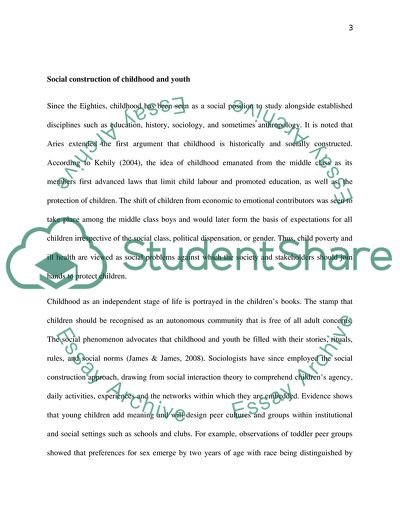Cite this document
(In What Ways Can Childhood and Youth be Understood as Social Construct Case Study, n.d.)
In What Ways Can Childhood and Youth be Understood as Social Construct Case Study. Retrieved from https://studentshare.org/social-science/1855138-in-what-ways-can-childhoodand-youthbe-understood-as-social-constructions
In What Ways Can Childhood and Youth be Understood as Social Construct Case Study. Retrieved from https://studentshare.org/social-science/1855138-in-what-ways-can-childhoodand-youthbe-understood-as-social-constructions
(In What Ways Can Childhood and Youth Be Understood As Social Construct Case Study)
In What Ways Can Childhood and Youth Be Understood As Social Construct Case Study. https://studentshare.org/social-science/1855138-in-what-ways-can-childhoodand-youthbe-understood-as-social-constructions.
In What Ways Can Childhood and Youth Be Understood As Social Construct Case Study. https://studentshare.org/social-science/1855138-in-what-ways-can-childhoodand-youthbe-understood-as-social-constructions.
“In What Ways Can Childhood and Youth Be Understood As Social Construct Case Study”. https://studentshare.org/social-science/1855138-in-what-ways-can-childhoodand-youthbe-understood-as-social-constructions.


